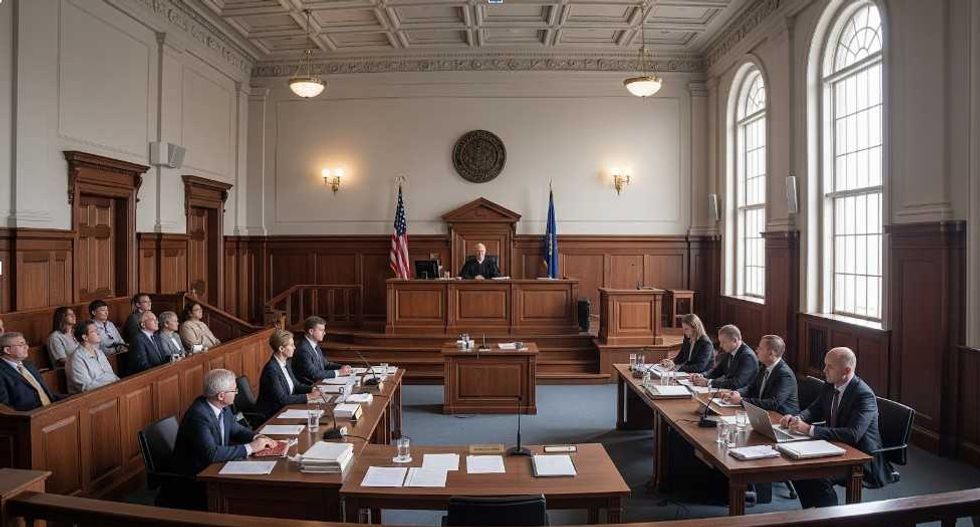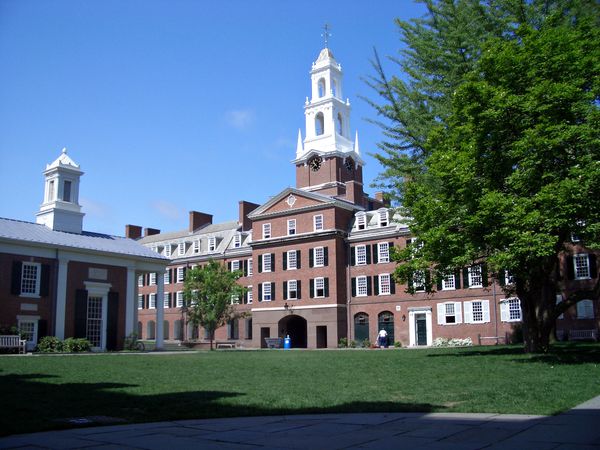Rising incarceration rates have become a more visible problem in the U.S., with many politicians and citizens asking what to do, and searching for solutions in our system. The data presented indicates the incarceration rate for the United States is significantly higher than the rest of the world. I believe that there are two possibilities for this data. One that must be considered is that some countries may have corrupt criminal policies, resulting in many criminals evading the system. The opposite is that others may be too harsh with criminal prosecution. According to the American Psychological Association, America only has five percent of the world’s population, but it accounts for twenty-five percent of those imprisoned, with one out of 100 American adults being incarcerated; a statistic we have all most likely heard, but don’t know how to interpret. These questions should be examined on both a local and global scale.
In the United States, criminal justice has faced many changes throughout history. Different events have shaped how our executive branch reacts; for example, during the Civil War President Lincoln suspended the writ of habeas corpus, allowing anyone to be charged and held for a crime, with no definite end point to their sentence. More recently the rising incarceration rates may be the result of the crackdown on the drug trade. Substances such as crack cocaine and heroin appear to be abused on a wider scale, so drug laws quickly became harsher, in an attempt to quench the growing problem. There is also the suggestion that incarceration of offenders is used to make a political statement rather than end the problem. America differs from the rest of the world with many of our prisons being privatized and operated for profit. Prisons run by the government also are at risk of becoming politically corrupt, as observed in South Africa with the political imprisonment of Nelson Mandela, and the laws in conjunction with apartheid. All of these factors must be taken into account when analyzing the incarceration rates of the world. One of the most concerning to me is people currently in prison that suffer from mental illness.
Historically mental illness has been dealt with in very unethical, and harmful ways. Once again the American Psychological Association provides insight into one reason incarceration rates have risen. According to the article Incarceration Nation written by Loma Collier, which appeared in Oct. 2014, Vol. 45, No. 9, “The institutionalization movement of the 1960s… accounts for about 7 percent of prison population growth from 1980 to 2000 — representing 40,000 to 72,000 people in prisons who would likely have been in mental hospitals in the past.” These statistics are eye opening and at the same time so reflective of what society has always been. By increasing efforts to identify mental illness and redirect these patients to treatment, some inappropriate incarcerations may be avoided.
The vicious cycle of infraction, incarceration, release, repeat, is not just recognized within the United States, but throughout the world. Why America is so high in the numbers of incarcerations per-capita is not simply a single political answer. Acknowledging, seeking possible reasons, and then proceeding to practical solutions is what we are tasked with.
I do not believe that humanity desires to have our communities overrun by criminals nor our prisons overrun by the undeserved. A possible solution would be that we could focus on our legislation. The adjudication process and executive process are and should be bound to the constraints of the law. My conclusion for how we can most effectively respond to incarceration rates across the globe is eliminating unnecessary laws and any unjust punishments. It sounds simple enough when stated like that, but it will take the legislative body in our government working together to make any real changes.





















